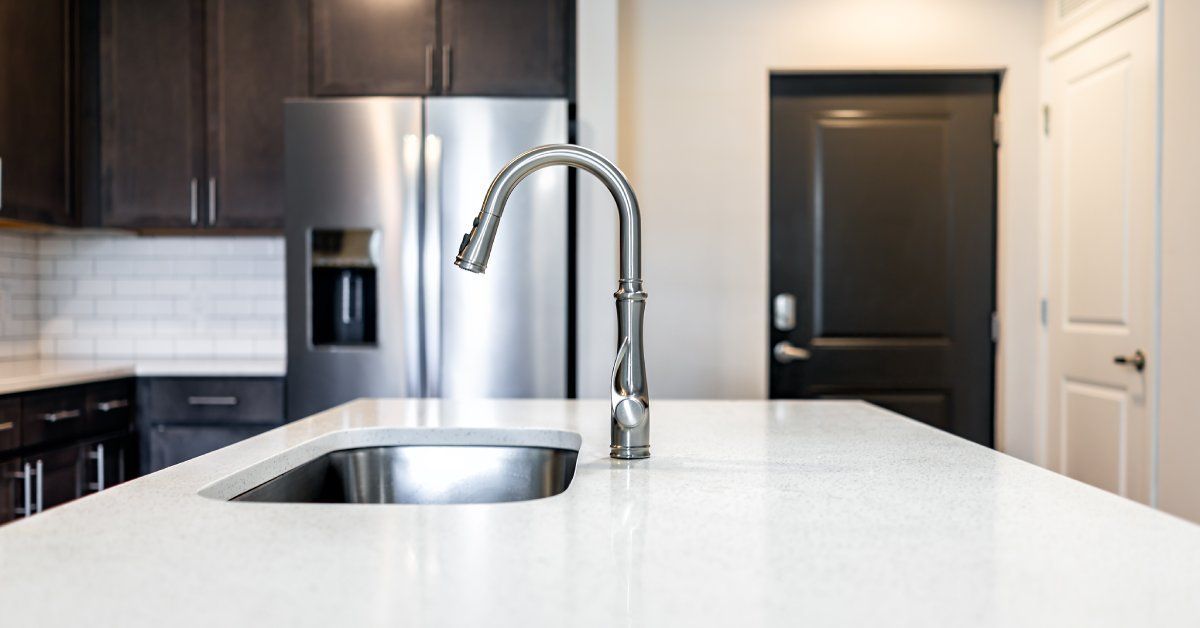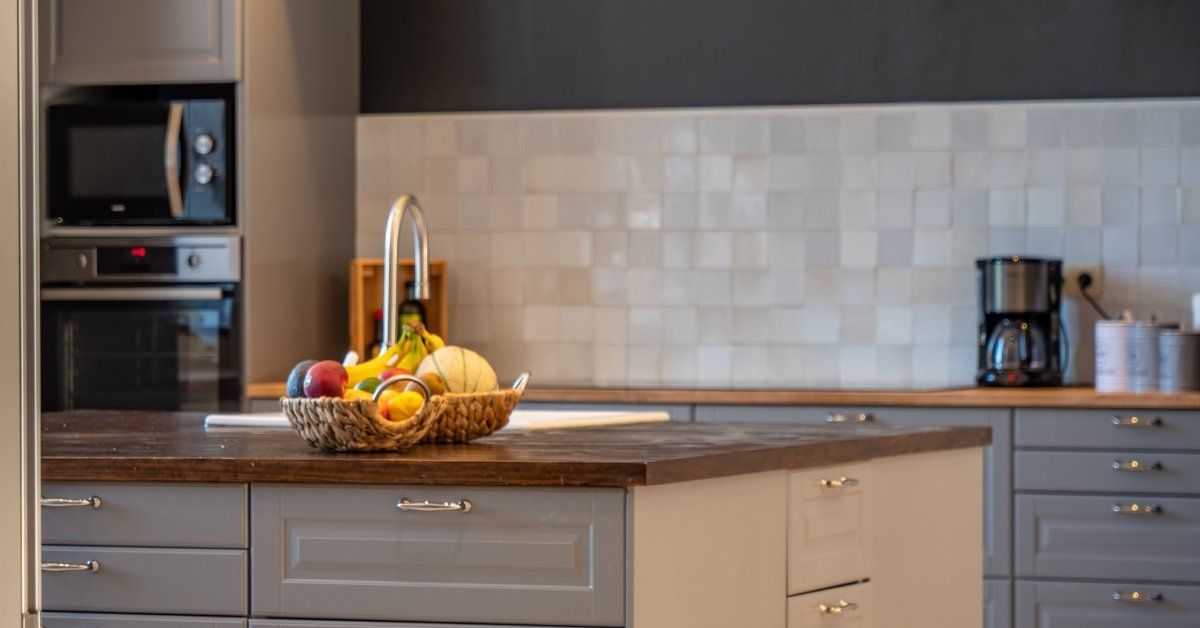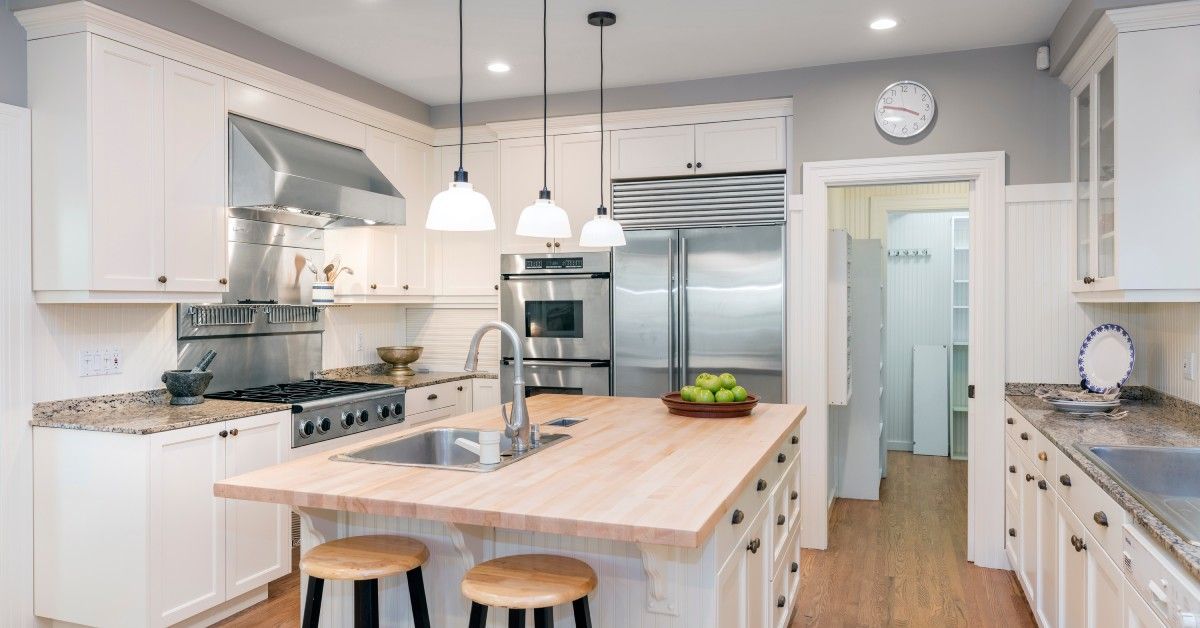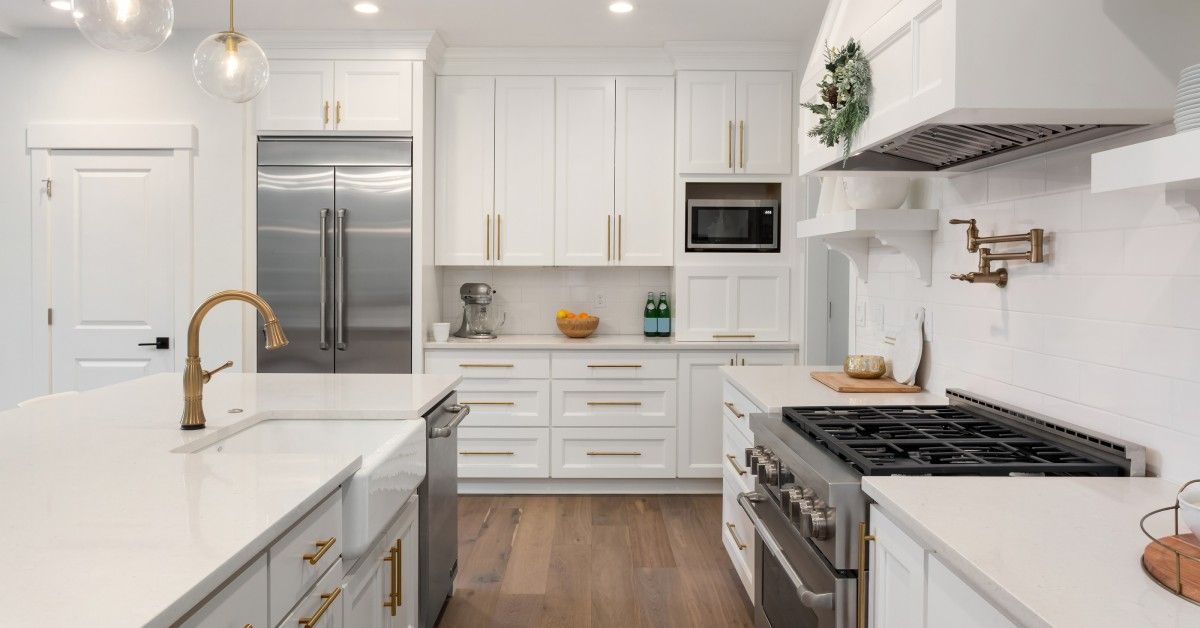How To Measure for a New Bathroom Vanity
Replacing your bathroom vanity can transform your entire space, but getting the measurements wrong can turn your dream renovation into a costly nightmare. The difference between a perfect fit and an expensive mistake frequently comes down to those crucial first steps: accurate measuring and careful planning.
Many homeowners rush through the measuring process, eager to start shopping for their new vanity.
However, taking the time to measure properly will save you from headaches, returns, and potentially costly modifications to your plumbing or bathroom layout. Learn how to measure for a new bathroom vanity using the guide below; our comprehensive walkthrough will help you get the ball rolling on your bathroom renovation ASAP.
The Importance of Accurate Measurements
Precision in measuring goes far beyond simply ensuring your vanity fits through the bathroom door. Your measurements determine whether your new vanity will align properly with existing plumbing, provide adequate clearance for daily use, and maintain the visual balance of your bathroom space.
Bathroom vanities must work harmoniously with your room's proportions and existing fixtures.
A vanity that's too large can make your bathroom feel cramped and difficult to navigate, while one that's too small might look out of place and underutilize valuable storage space. The height, width, and depth all contribute to both the functionality and aesthetic appeal of your finished bathroom.
Focusing on Function
Consider how your family uses the bathroom space.
If multiple people need to access the vanity simultaneously, you'll want to ensure adequate clearance around the unit. The relationship between your vanity and other fixtures like the toilet, shower, or bathtub affects the overall flow and comfort of the room.
Gathering Your Measuring Tools
At Vangura, our high-quality collection of bathroom countertops in Pittsburgh ensures you can always easily find great vanities. These options are exciting, but don’t settle on a design until you get the right measuring tools and find out how much space you have to work with in your bathroom.
Having the right tools makes measuring accurate and efficient. A quality tape measure is your most important tool, but you'll want one that's at least 16 feet long to handle larger bathrooms without needing to piece together multiple measurements.
Steel tape measures provide more accuracy than fabric ones, especially for longer spans.
Building Your Tool Kit
A level helps you determine whether your floors and walls are truly straight, which affects how your vanity will sit once installed. Many older homes have settling or slight irregularities that can impact vanity placement. Knowing about these variations ahead of time allows you to plan accordingly.
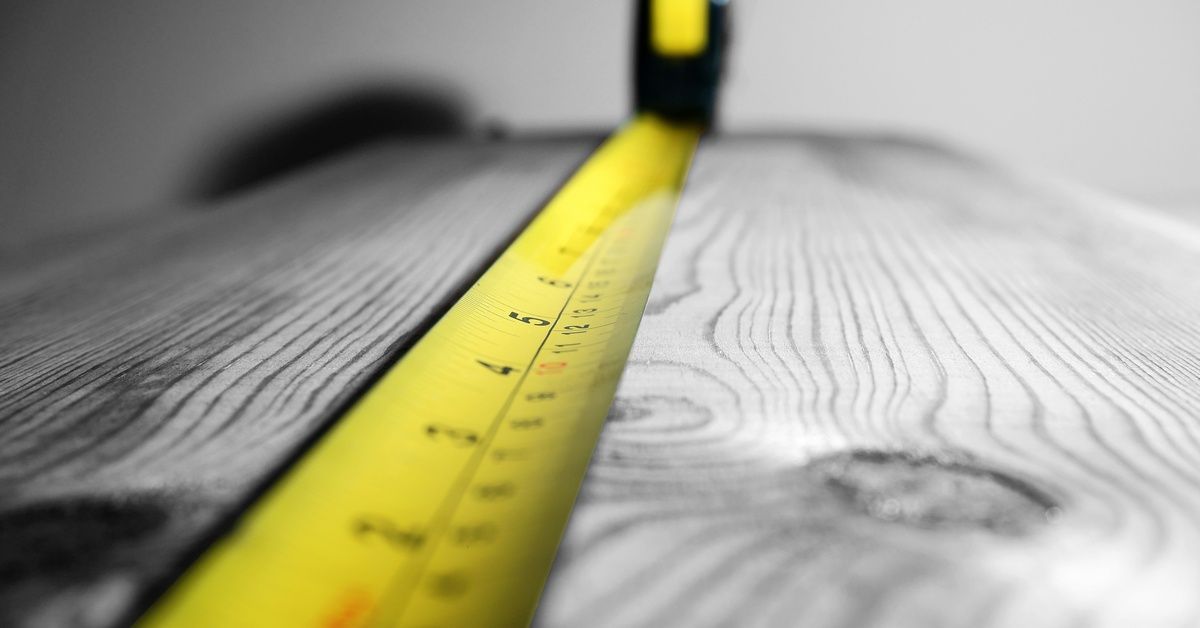
You'll also want a pencil for marking measurement points and a notepad for recording dimensions.
Taking photos of your bathroom from multiple angles can be incredibly helpful when you're shopping for vanities or discussing options with sales professionals. These visual references help you remember the spatial relationships between fixtures and obstacles.
A flashlight or phone light helps you see clearly when measuring around plumbing or in dimly lit corners. Some areas behind existing vanities or near floor-level plumbing can be difficult to see clearly, but accurate measurements in these spots are crucial for proper installation.
Measuring the Existing Vanity Space
Start by measuring the width of your current vanity space from wall to wall. Take this measurement at multiple points along the wall to account for any irregularities in the wall surface or flooring. Older homes especially can have variations that affect how a new vanity will fit.
The depth measurement tells you how far your vanity can extend into the room. Measure from the back wall to the front edge of your current vanity, then consider whether you want your new vanity to extend further into the room or sit closer to the wall.
Remember that deeper vanities provide more counter space and storage but reduce the room's walking space.
Height measurements include both the space from floor to ceiling and the height of your current vanity. Standard vanity heights range from 30 to 36 inches, but you can choose a height that works best for your household's needs.
Don't forget to measure the space above your vanity if you're planning to install a medicine cabinet or wall-mounted storage. The distance between your vanity top and any existing light fixtures, mirrors, or ceiling features determines what options you'll have for upper storage or decorative elements.
Accounting for Plumbing and Obstructions
Knowing how to measure for a new bathroom vanity requires learning how to navigate the many potential obstructions you will face.
Your bathroom's plumbing configuration significantly impacts vanity selection and placement. Measure the exact location of your water supply lines and drain pipe, noting their distance from both the back wall and side walls. These measurements help you choose a vanity with appropriately placed plumbing cutouts or determine if modifications will be necessary.
Electrical outlets present another consideration for vanity placement. Note the location and height of existing outlets, especially those you'll need for hair dryers, electric toothbrushes, or other bathroom appliances.
Determining the Ideal Vanity Size
With all your measurements in hand, you can now determine the optimal vanity size for your space. Your vanity should provide adequate storage and counter space while leaving enough room for comfortable movement around the bathroom.
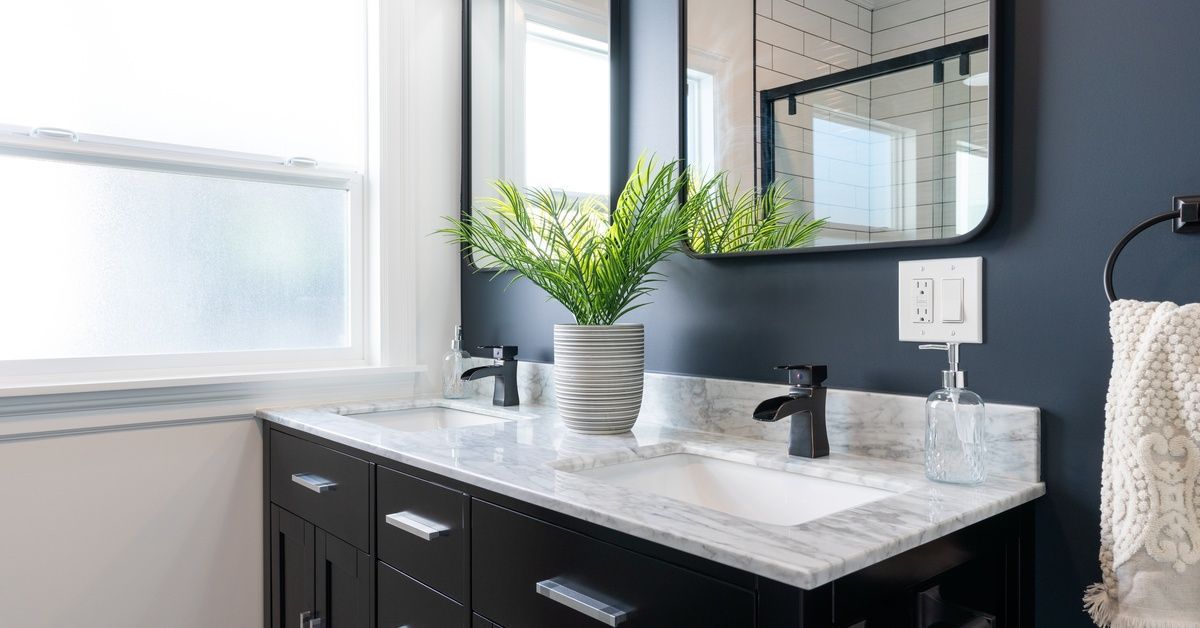
Consider the relationship between your vanity size and other bathroom fixtures. A vanity that's significantly larger or smaller than your bathtub or shower can create visual imbalance in the room.
While perfect proportion isn't always possible, keeping relative sizes in mind helps create a more cohesive design.
Addressing Storage Needs & Style Preferences
Storage needs should influence your size decision as well. Larger households or those with limited bathroom storage elsewhere might benefit from a larger vanity with more drawers and cabinet space.
Smaller bathrooms might require creative storage solutions or multi-functional vanity designs to maximize utility without overwhelming the space.
The style of vanity you prefer also affects sizing decisions. Wall-mounted vanities can work in smaller spaces because they don't require floor clearance, while traditional floor-standing vanities with decorative legs might need additional space to look proportional.
Avoiding Common Measuring Mistakes
One of the most frequent mistakes is forgetting to account for door swing clearance. Your bathroom door needs adequate space to open fully without hitting your new vanity.
Measure the door's swing path and ensure your vanity placement won't interfere with normal door operation.
Another common error involves assuming walls are perfectly straight and floors are completely level. Always measure at multiple points and use a level to check for variations. These small differences can cause big problems during installation if you haven't planned for them.
Don't rely on the measurements of your old vanity when selecting a new one. Measure the actual space, not just the fixture you're replacing. Your new vanity might be a different size or style, and you want to ensure you're maximizing the space available to you.
Making Your Vanity Dreams a Reality
Your new vanity represents a significant investment in your home's comfort and value. By following these measuring guidelines, you're ensuring that investment delivers the maximum benefit for years to come.
Take your time, double-check your work, and don't hesitate to ask for professional advice when you encounter challenging situations.
Ready to transform your bathroom with the perfect vanity? Use your measurements to explore the wide range of beautiful, functional options available, and enjoy the confidence that comes with knowing your new vanity will fit perfectly in your space.



